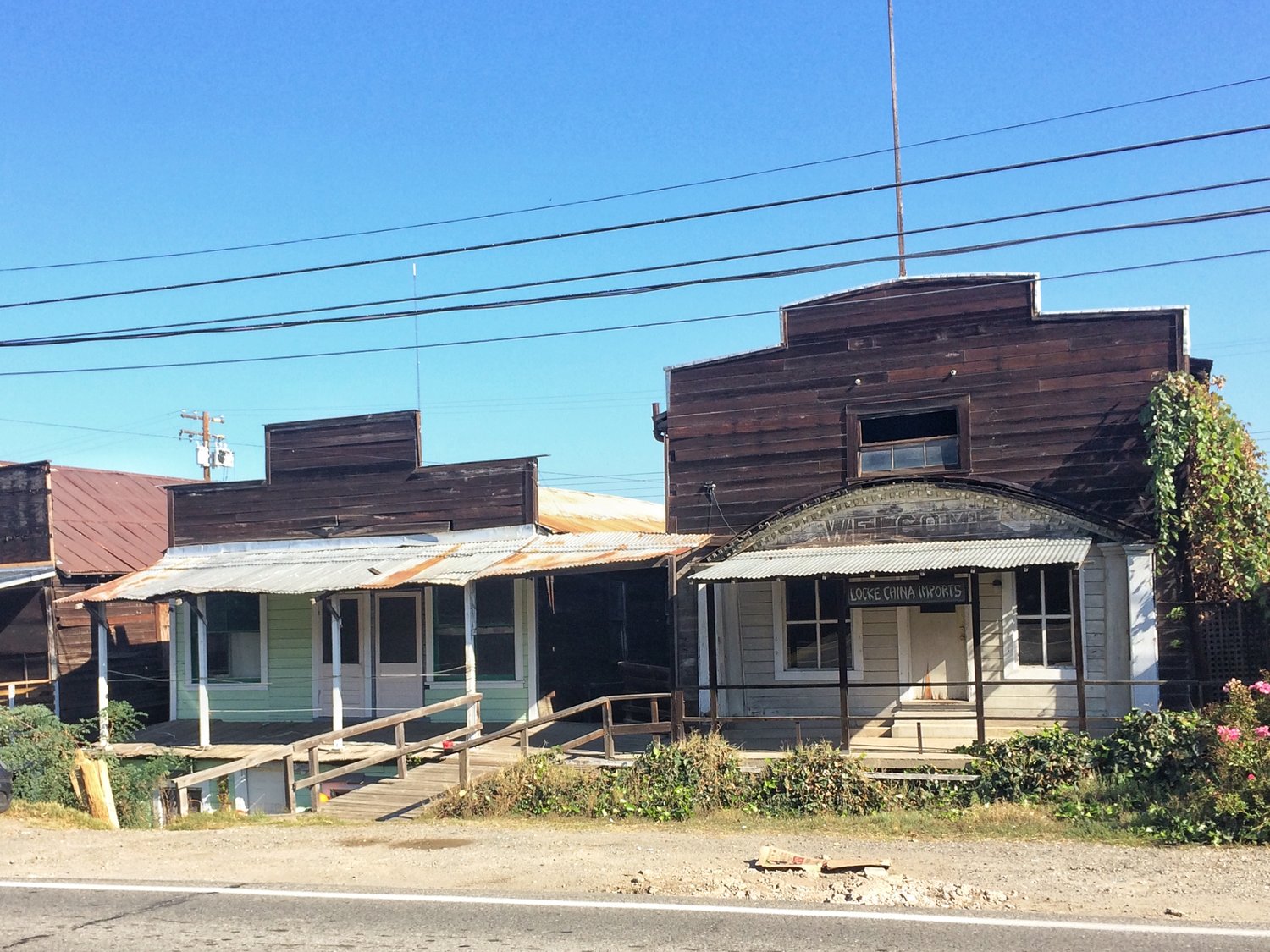I am not very familiar with American Chinese food.
-
I am not very familiar with American Chinese food. I had to google ‘Mongolian beef’. I went to a Chinese restaurant in Monterey that looked like it had a mix of American Chinese and Chinese food. I was like, Mongolian beef! She said ‘might be too sweet for Chinese people’
So we agreed ginger and onion was a better choice.
Then I asked for water and she was like ‘hot’.
Love when I am profiled in ways that make sense for me (I get very upset at sweet Chinese food)
-
There’s some American Chinese food I like! But it’s still a learning journey. It’s like discovering a whole new cuisine. To me it just feels like the American cousin of Indian Chinese food, which I know better
-
@skinnylatte In Toronto, Hakka food is strongly Indian. It's really interesting to see immigrants from South East China be so very, very confused by the local definition of Hakka.
-
@MayInToronto oh yes. I can see that!
-
@skinnylatte It's always funny to see the wait staff run the mental simulations to guess which customers are the Chinese food Chinese and which are the assimilated 2nd+ gens who'll ask for ice water (it me)
-
@socks oh yes I’ve seen them do that with me and my friends. They even know which languages to use
-
Adrianna Tanreplied to Adrianna Tan last edited by [email protected]
American Chinese food still tastes closer to my Chinese food preferences than, say, northern Chinese food from China.
As a southerner I’m aware my palate is coastal canton by way of Southeast Asia; which is its own thing; just like Cantonese food also took on other forms westwards. So it’s like very familiar but different.
I do prefer it to a lot of northern Chinese food which feels like a completely alien food culture (that I also recently learned to like)
-
Main difference being, Chinese food in Southeast Asia evolved to meet the needs of other people in the Chinese diaspora largely. Street food selling was a key economic activity for many new immigrants in Singapore, Thailand, Indonesia. The local Chinese market was the primary consumer. Vs
Chinese restaurants in the U.S. that evolved to suit the palate of people discovering it.
-
Adrianna Tanreplied to Adrianna Tan last edited by [email protected]
Sometimes I see two menus! The standard American Chinese menu and one written in Chinese characters. I don’t think it’s a secret menu as such, it’s just
Two versions of food with similar roots.
I think the ‘American’ version bumps up the sugar, possibly even the salt and grease. Mainly just has the ‘new’ dishes
The Chinese menu tends to have the classics. Probably caters to old people. And new immigrants like me.
-
@skinnylatte i think about this every time someone talks shit on panda express. sure they're not gourmet but it's also not as bad as people make it sound.
-
@wilson it’s reliably the same standard as the most mid Chinese stall back home but at least it exists
-
Anyway, I’m glad I have this place. It’s reliable. I think I’ll be coming here often and I’ll try some of the less-sweet items on the menu.
Any Chinese restaurant with a homemade roasted chilli, and that has enough of a ‘wok hei’ in their dishes, anywhere in the world, is a place I can rely on for comforting food. All you need on top of that is hot steamed rice
-
Tyson, Chicken Rancher 🐓replied to Adrianna Tan last edited by
@skinnylatte Thai food has undergone the same Americanization
-
Adrianna Tanreplied to Adrianna Tan last edited by [email protected]
Somehow this reminds me of how wide-eyed I got when I met northern Chinese people in Singapore who hated the Chinese food there. Ahahaha
‘The noodles should be 3x thicker and chewier’ ‘There should be more wheat and less rice’ (now we have excellent northern Chinese restaurants in Singapore too, but for a time going to try those cuisines was like learning a new and alien food)
-
Adrianna Tanreplied to Tyson last edited by [email protected]
@tsupasat I have 2 restaurants in SF that are reliably not, and many more in LA
-
@skinnylatte The current cooks come from China? Sounds like what is happening in New Zealand. Too many Northern type of menus.
-
@NZChineseGenealogy no, it’s a very distinctly sze yap / toishan cuisine that has then taken on new dishes that use the ingredients available back in the day. we have northern restaurants but they don’t do any American chinese dishes at all, usually, as they are super recent
-
@NZChineseGenealogy this may be of interest to you

Locke Chinatown: A Chinese-American Time Capsule — Lowdown on Chinatown "心"入唐人埠
An indirect descendant of Dr. Sun Yat-Sen (or as my grandparents call him: 孫中山先生 or “Mr. Soon Chungsan”), I grew up listening to stories about how he travelled through rural towns in the United States in the early 1900s, tirelessly raising funds for his campaign to overthrow the Manchu Dynasty and r
Lowdown on Chinatown "心"入唐人埠 (www.lowdownonchinatown.com)
-
@skinnylatte I need to figure out which version bumps up the vinegar
 (I did finally find an American-style place that makes stuff tangy enough for me but it’s still a lil too sweet)
(I did finally find an American-style place that makes stuff tangy enough for me but it’s still a lil too sweet) -
@Catfish_Man shanxi cuisine is all sour and vinegar forward. They have exceptional vinegars
